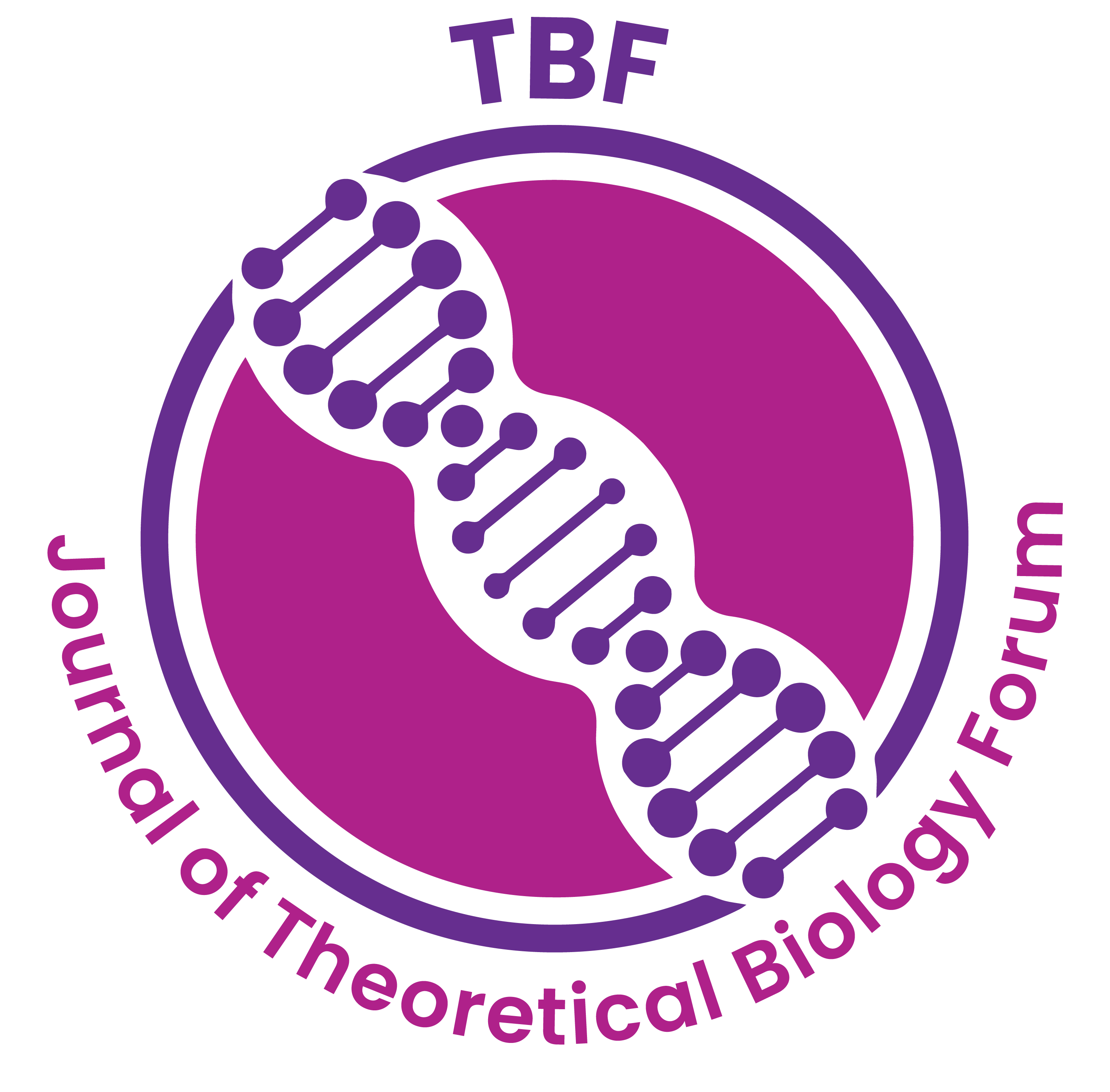Seasonal Dynamics of Pests of pigeon pea in Relation with Weather in High Altitude Zone of Andhra Pradesh
Abstract
Insect pests associated with crop and their incidence in different agro-climatic zones varies as they are influenced by the local environment. In view of this, the investigation of “seasonal Dynamics of insect pest’s complex of pigeon pea” experiment was conducted at a research farm at Agricultural Research Station, Seethampeta, and Srikakulam during kharif season of 2017-2019. The studies on population dynamics indicated that the maximum population of H. armigera, E. atomosa and M. vitrata on pigeon pea to the extent of 3.43, 3.07 and 4.17 larvae per plant, respectively which was noticed during 45th, 49th and 47th standard meteorological weeks, respectively and population of G. critica, C. gibbosa, and plume moth on pigeon pea to the extent of 4.97 larvae/plant, 7.60 nymph and adults/plant, and 3.07 nymph and adults/plant was noticed during 47th, 52nd and 49th standard meteorological weeks, respectively. The peak incidence of SMD was observed during 3rd and 4th SMW with 4.00 per cent. Similarly, the sucking insect pest’s aphids and jassids recorded peaks at 47th and 46th SMW. The correlation with the weather parameters indicated that the leaf folder has a positive significant correlation relative to relative humidity, and the same was the incidence of H.armigera and SMD. M. vitrata was positively correlated with maximum temperature and negatively with maximum relative humidity.


